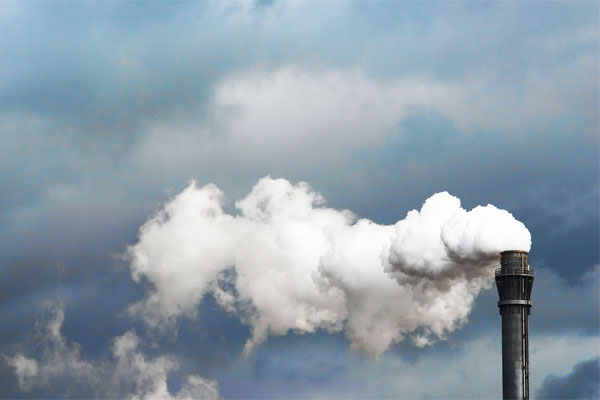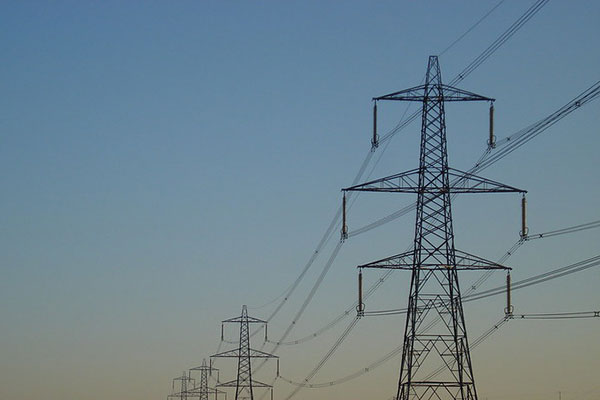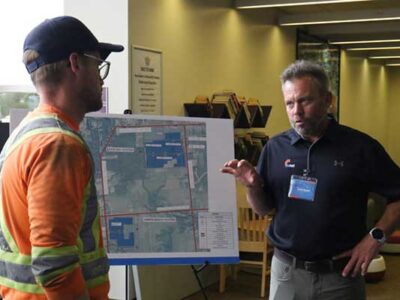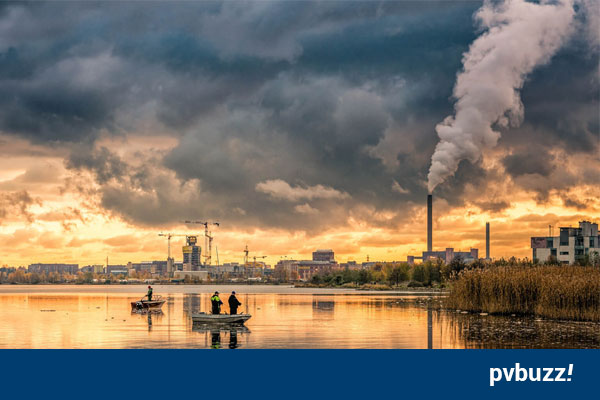- In a historic shift, Alberta's last coal-fired power plant has ceased operations, heralding a new era of cleaner energy for the province.
- This transition, though environmentally significant, brings economic uncertainty for coal-dependent communities.
- What are the impacts and future prospects as Alberta leads the way in renewable energy adoption?
In a landmark moment for Alberta’s energy landscape, Capital Power’s Genesee 2 facility — the last coal-fired power plant in the province — recently ceased operations. The Alberta Electric System Operator (AESO) forecasts no further coal power generation in the province, marking a significant milestone in Alberta’s transition to cleaner energy sources.
While this transition is a crucial step towards a cleaner energy future, it profoundly impacts local communities long reliant on coal for their economic livelihood.
The End of an Era
“Given this was around the time they previously stated it would be fully converted to gas, I suspect that’s it. The end of coal power in Alberta,” said Blake Shaffer, an economist with the University of Calgary specializing in electricity markets.
This shift signifies the end of a long reliance on coal, which, as recently as 2001, accounted for up to 80% of the province’s electricity.

Alberta NDP Leader Rachel Notley is shown on election night 2015. (Dan Riedlhuber/Reuters)
For over a century, coal has been the bedrock of Alberta’s energy sector. Towns like Forestburg, which have grown and thrived around coal mines and power plants, now face an uncertain future.
The shutdown of the Genesee Generating Station is the latest in a series of closures driven by the provincial government’s ambitious plan to phase out coal power by 2030. This goal, announced in 2015 under then NDP Premier Rachel Notley, is now being realized much earlier than anticipated, thanks in part to the swift adoption of natural gas and renewable energy sources.
The Path to Transition
Alberta’s journey away from coal began in earnest in 2015, under then NDP premier Rachel Notley, who announced plans to phase out coal power by 2030. Critics initially doubted the feasibility of this ambitious target. However, the province has not only met but exceeded expectations, achieving a coal-free grid ahead of schedule. This rapid transition was facilitated largely by the conversion of coal plants to natural gas, which emits roughly half the greenhouse gases compared to coal.
The economic implications of this transition are particularly acute in coal-dependent communities. Forestburg, for instance, is home to the Paintearth mine, which has supplied coal to the nearby Battle River Generating Station for decades. Residents like Matt Fedun, who owns a local garage, have deep ties to the coal industry. Fedun, a father and business owner, previously expressed his worries about the future as the coal industry wanes. “If the local mine and power plant close, our plans may have to change. If those two were to shut down, I would estimate 20% of our population would probably leave to look for work elsewhere.” It remains to be seen what the impact will be now that the plants have converted to natural gas.
The human impact of the coal phase-out is undeniable. In communities like Forestburg, coal has been more than just a job – it’s a way of life. The bonds formed over generations of working in the mines and power plants are at risk of being severed. Families like the Feduns are left to navigate this uncertain terrain, balancing the hope for a cleaner environment with the immediate need to sustain their livelihoods.
The transferability of skills when recruiting for positions in the renewables sector is crucial during these times of transition, both to meet the demands of bolstering the renewable sector’s workforce and to ensure less of a negative economic impact on communities previously dependent on fossil fuels.
Perspective
While the provincial government has pledged support for economic diversification and transition programs, the reality on the ground remains challenging. For many, the shift away from coal is not just an environmental necessity but a looming economic crisis. Former Environment Minister Shannon Phillips has emphasized the health and environmental benefits of moving off coal, but for workers and their families, the immediate concern is livelihood security.

Alberta is a province in Western Canada. Its landscape encompasses mountains, prairies, desert badlands and vast coniferous forests. It has more than 600 lakes, and rich mineral deposits. In the west, the Canadian Rocky Mountain Parks have glaciers in the Columbia Icefields. The Waterton Glacier International Peace Park is a biosphere reserve that straddles the southern border with the USA.
Robin Campbell, President of the Coal Association of Canada and former provincial environment minister, argues that the phase-out is premature. He advocates for investment in technologies that could make coal burning cleaner, such as carbon capture and storage (CCS). However, the provincial strategy is firmly set on transitioning to natural gas and renewable energy.
Alberta’s shift away from coal has set a precedent for other regions grappling with similar transitions. Scott MacDougall, Director of the Pembina Institute’s electricity program, emphasized the importance of clear policy design and target dates, which provided the certainty needed for efficient investment decisions. He highlighted that Alberta’s experience serves as a valuable case study for coal-dependent jurisdictions worldwide.
The province’s grid is now operating without coal and is forecasted to remain coal-free in the coming months. Renewable energy sources such as wind and solar are gaining traction, offering new opportunities for economic growth and job creation.
However, the overall success of this transition will depend largely on the support and resources provided to affected communities. Investments in retraining programs, economic diversification initiatives, and community development projects will be crucial in ensuring that the shift away from coal does not leave behind those who have built their lives around it.
While the transition from coal is undeniably a positive step for Alberta’s environmental goals, as Alberta and other provinces continue to move towards a more sustainable energy future, they must remember the communities at the heart of their coal legacy. The stories of towns like Forestburg are a reminder that behind every policy decision are real people whose lives are deeply intertwined with the industries that drive the economy.













Comments